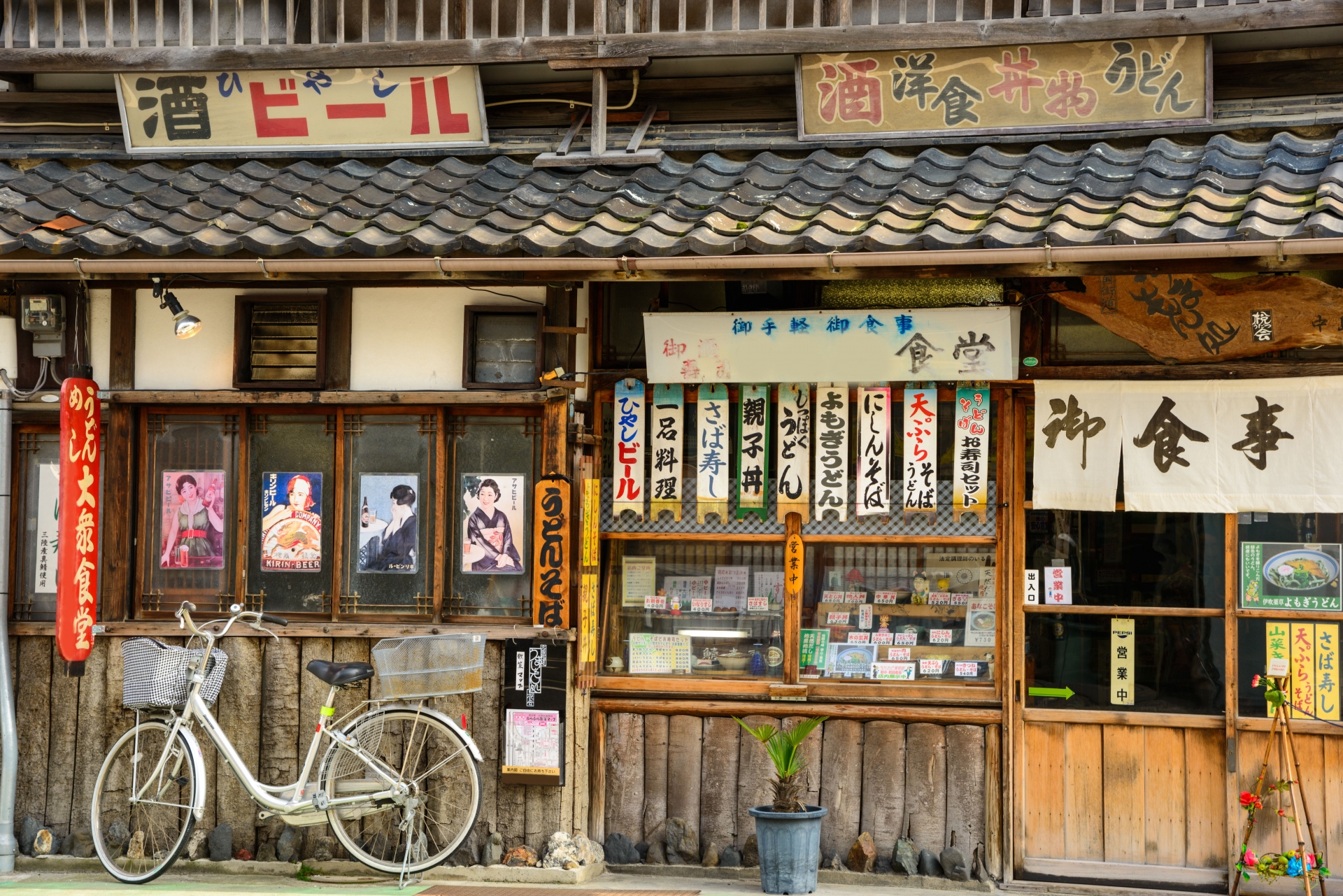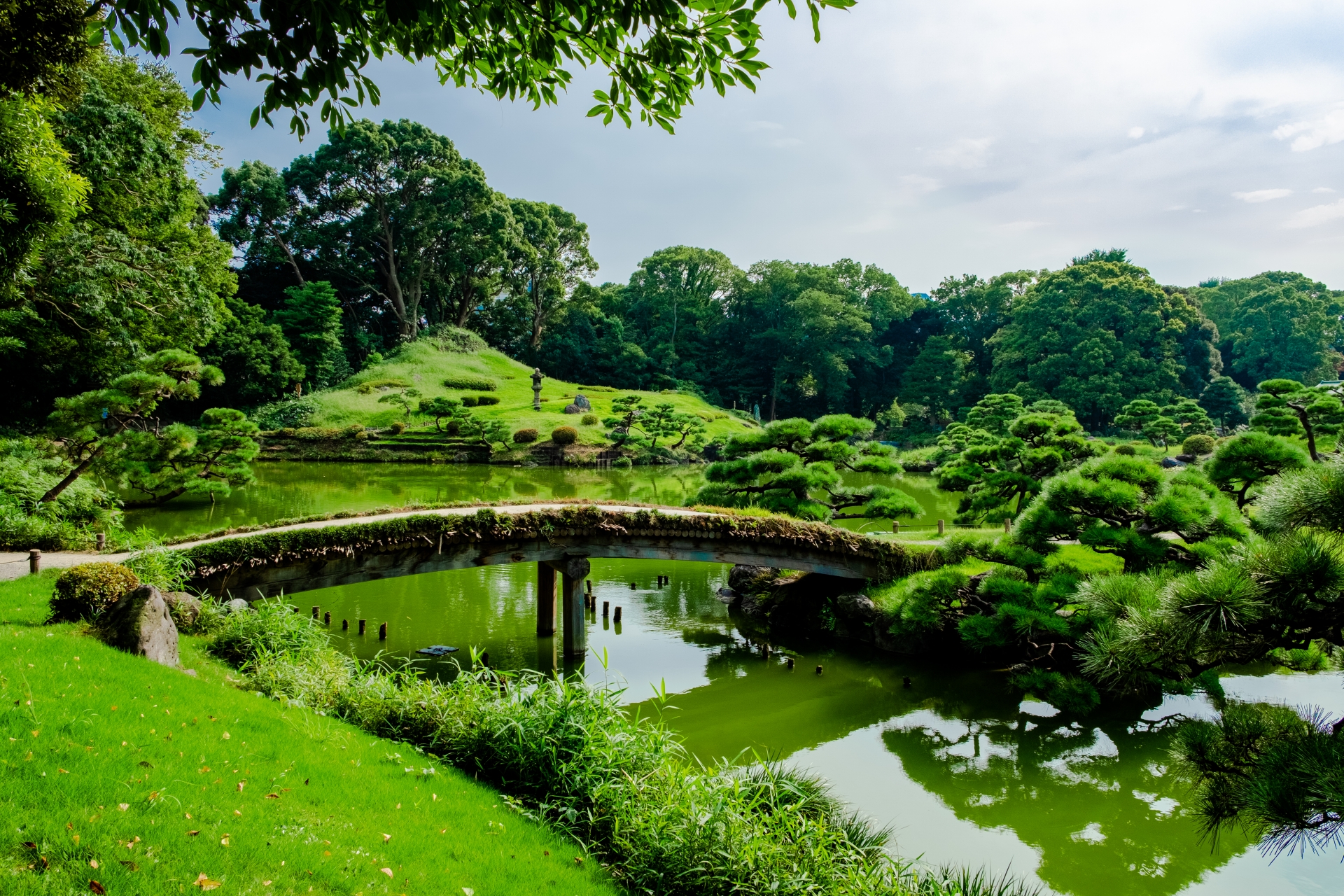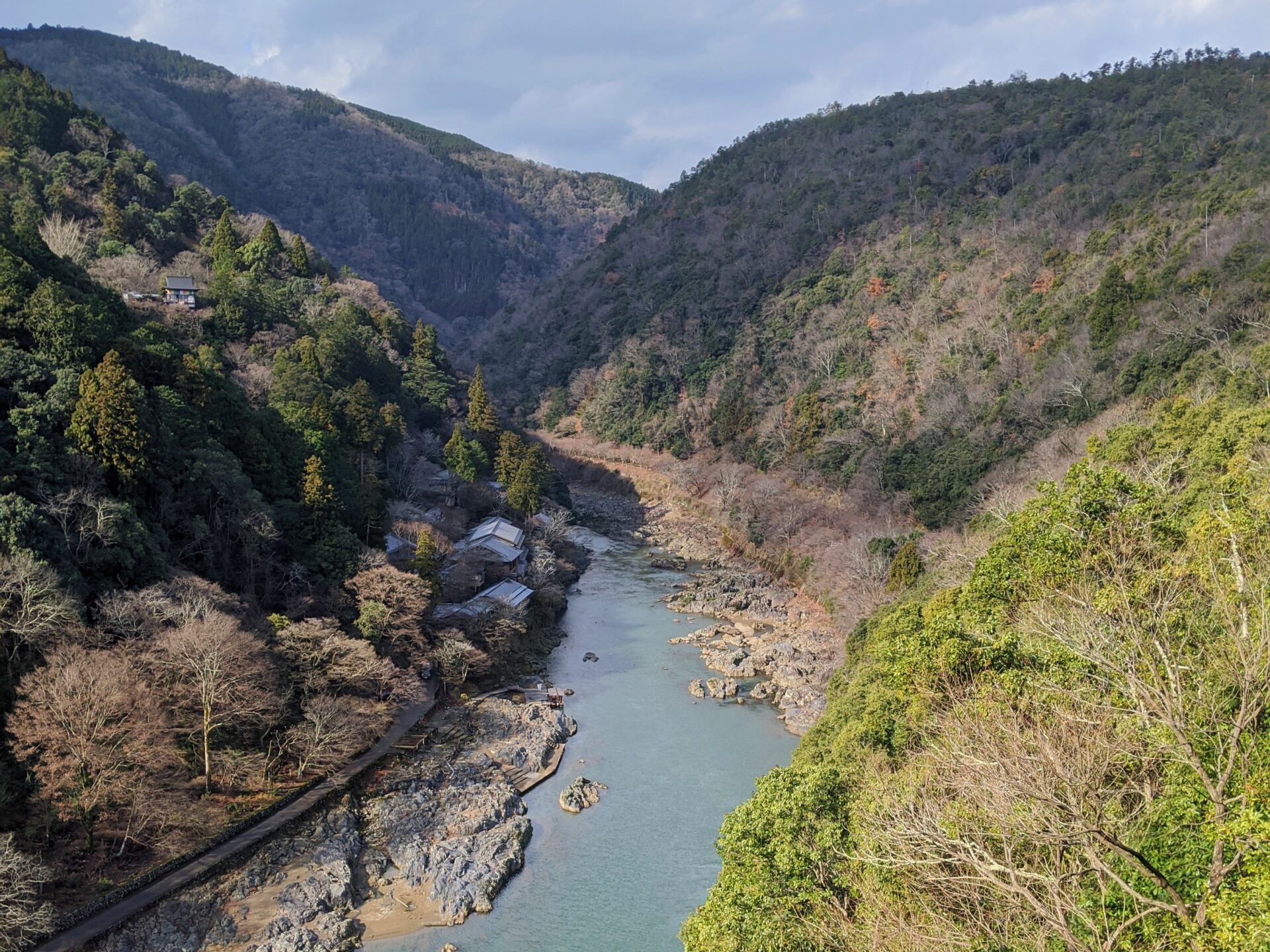The Showa period is often described as a significant break point in Japanese history that followed the Taisho Period that represented a continuation of Japan’s rise on the international scene and liberalism. Other episodes in the Japanese history such as the Sengoku period and Edo period draw often much more attention and interest from foreigners. However, the Showa Period, about the 60 years of history, is full of historical events including the World War II which have totally changed the entire nation and people’s lives. Learning about Showa period and its politics, culture, economy and wars will help you get to know the period deeply and how Japan became one of the most developed countries in the world after being defeated in World War II.
1. When is the Showa Period?
The Showa period started in 1926 and ended in 1989, corresponding to the reign of the Emperor Hirohito, the 124th Emperor of Japan. In 1926, the Emperor Showa formally ascended the throne as a new Emperor after his father. He stayed in his position for 62 years until he finally passed away in 1989, which is also the longest period as a Japanese Emperor in its history. The birthday of Emperor Showa is still celebrated on April 29th known as Showa Day marking the start of the Golden Week in Japan. The public holiday is intended to be a time to reflect upon the events of Emperor Hirohito’s 63-year rule and the Showa era.
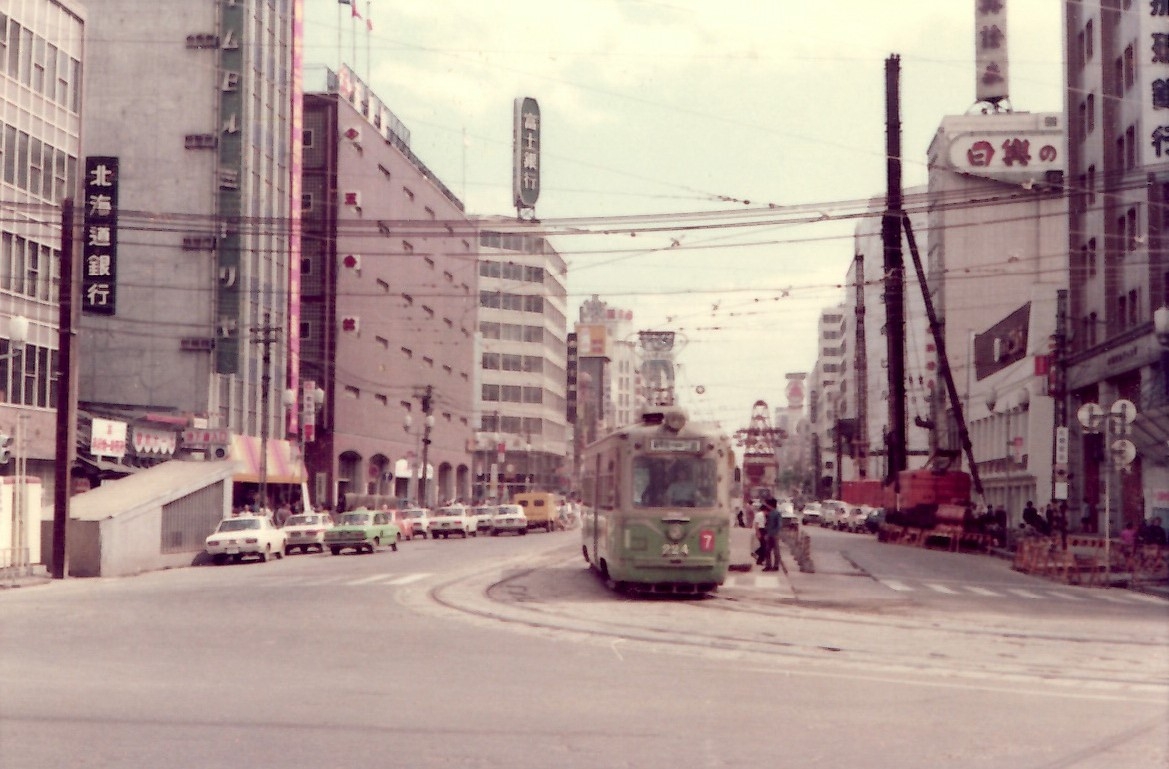
2. Politics (Pre-war & Post-war)
In terms of politics, it is easy to divide the Showa period into the early and the late Showa period, with the World War II being a clear distinguishing point. The early Showa Period concerns the Empire of Japan, and post-war Showa era is the State of Japan. Before Japan’s defeat in World War II in 1945, the Japanese national military held a significant power in politics. It gave birth to extreme ideas which became popular among citizens, including nationalism and racial superiority of Japanese people.
After the infamous atomic bombing in Hiroshima and Nagasaki that caused Emperor Hirohito surrender and meant the end of the World War II, the Allied Powers led by the U.S. started the postwar occupation of Japan. The defeat of Japan was followed by a series of drastic reformations including democratic ones such as educational changes and improvements in working environments. The new constitution known as “the Constitution of Japan” (日本国憲法) also officially went into effect in 1947. Until that time, Japanese people saw their emperor as God. According to the new constitution however, Japanese emperor shou/ld be regarded as a symbol of the country, which entirely changed the fundamental beliefs lying under the Japanese people before the war.
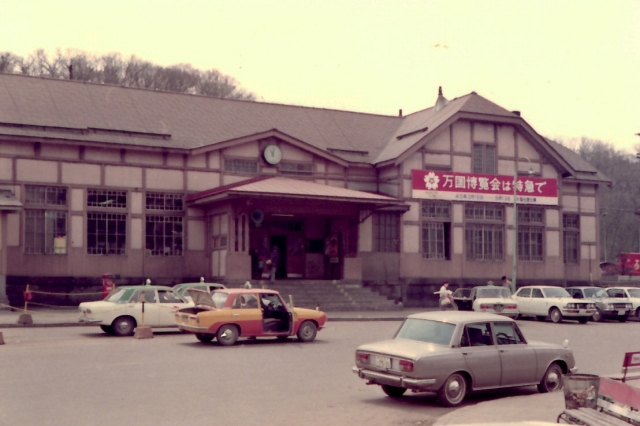
3. Economic growth
Thanks to the decades of rapid economic growth after World War II, Japan experienced an unprecedented development in its culture, infrastructure, architecture and more. This economic success was partly brought by the large demand of military supply for the Korean War which broke out in 1950. From the early 1950s through 1970s, Japan succeeded to revitalize from the devastating war and became popular among other developed countries.
4. Culture
Showa culture strongly reflects tremendous influences from Western countries.
1. Architecture
Rapid economic growth resulted in establishments of a number of modern structures and architectures, including The National Museum of Western Art in Ueno, Tokyo, and Hiroshima Peace Memorial Museum in Hiroshima. But also modern looking buildings in Ueno Park or in the Ginza area around Tokyo Station. Visiting these architectural hotspots in Tokyo will help you understand how the western world has influenced Japan’s architecture!

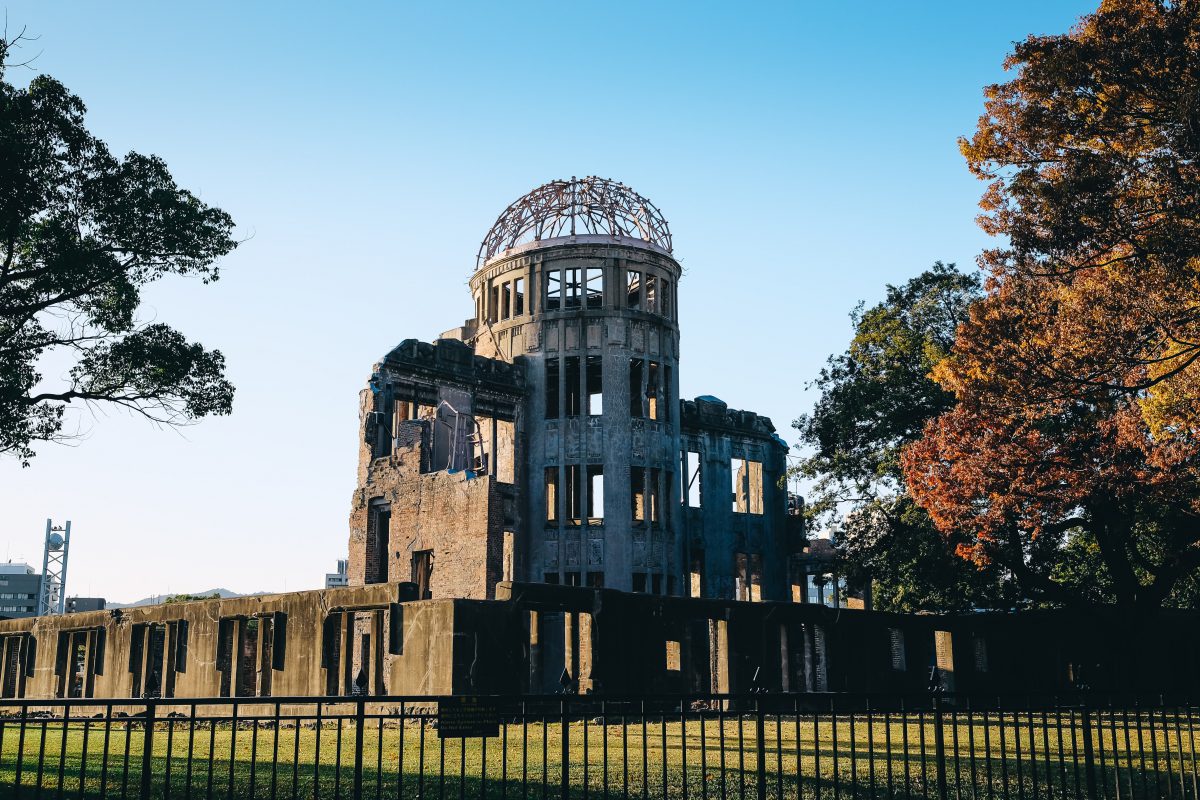
2. New Technologies & Railway
Apart from architecture, new technologies such as television and home appliances were also introduced to Japan. Most of all, color television, car and air conditioning (known as “cooler” in Japan) were loved as the three greatest home appliances known as the “3C” (since they all have a name starting with C). Shinkansen, known as a prime railway network in Japan, also started operating in 1964 just before the Tokyo 1964 Olympic Games, which made it much easier to travel across the country!

3. Food and Entertainment
From the 1970’s, Japanese people started to enjoy a variety of new dining options and food culture. Family restaurants, convenience stores or ‘konbini’ and fast-food chains became popular and spread across the country. Instant noodles and frozen food were also loved as a quick, easy meal option at home. On weekends after long working days, people loved to spend their leisure time going to movies or sports games such as baseball and Sumo!
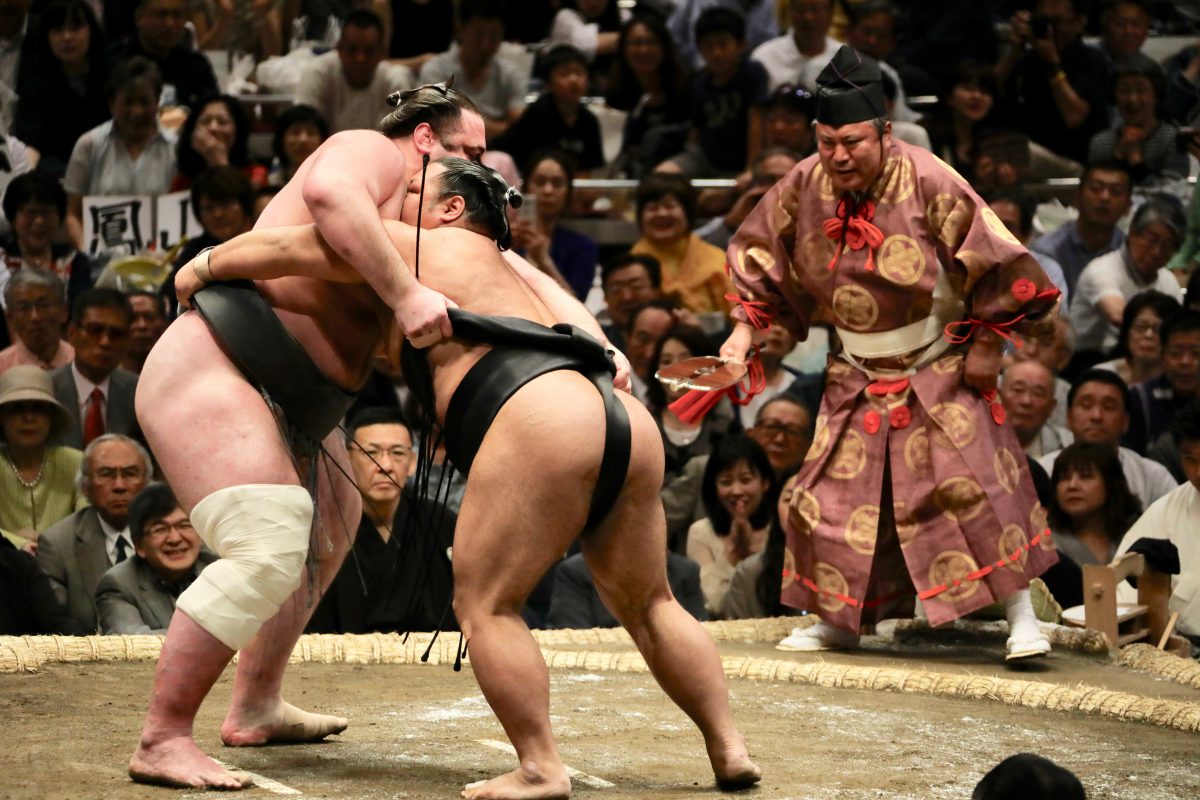

4. Shitamachi culture
While modern, western-influenced culture was booming during the Showa period, it also boasts classic Japanese culture which offers a nostalgic impression. Shitamachi(下町) is one of the examples which refers to old, quaint neighborhoods such as Asakusa (浅草) and Yanesen (谷根千).
Shitamachi feature a range of unique spots such as traditional shopping streets and old townscape with beautiful buildings that have survived World War II and natural disasters throughout the centuries. They offer unique experiences which are totally different from what you can find in modernized areas in Tokyo. Visiting these areas will give you a great opportunity to experience olden days in the early Showa period, with friendly locals, traditional crafts and shops and amazing food!
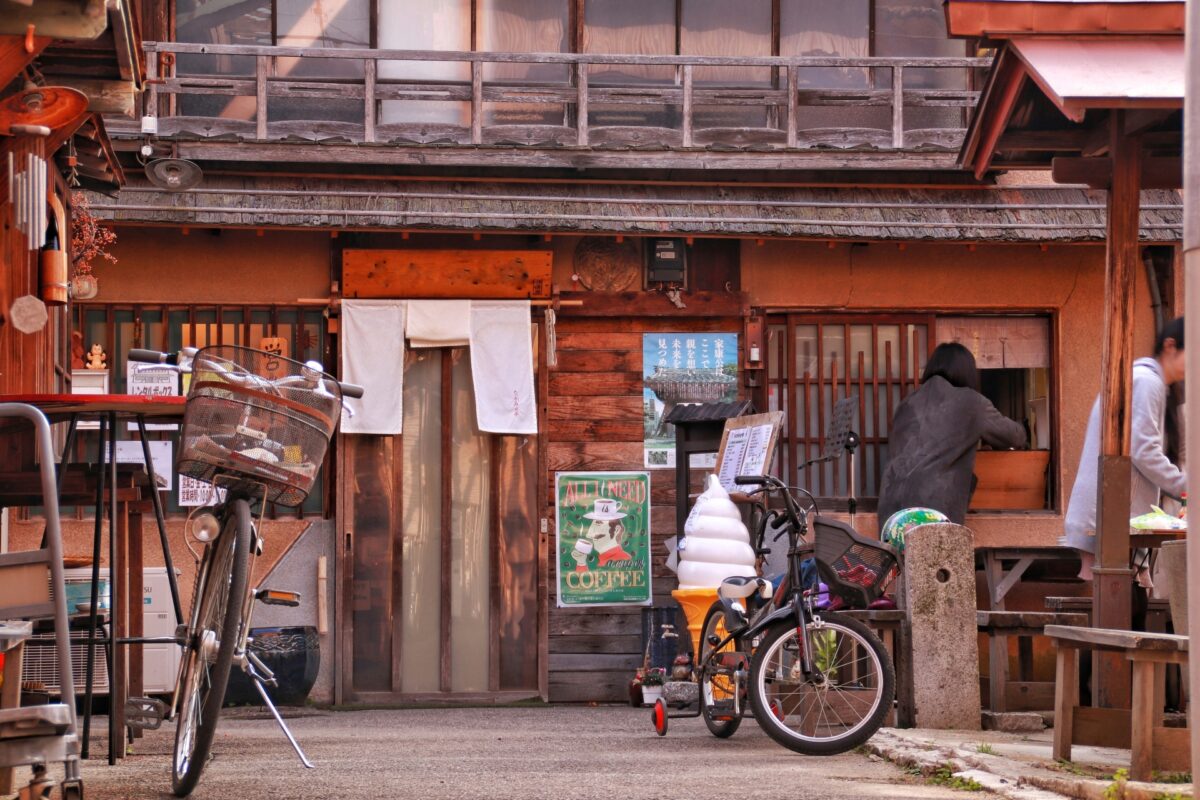
5. Spots to learn about Showa Period
One of the best ways to learn about this relatively long and eventful period of time in Japanese history is with one of our Japanese guides; who can show you some the best spots to experience and see the remains of the Showa Period while explaining you the history first hand. For example explore the beautiful area of Yanaka where you can still experience the shitamachi culture or learn about the atomic bomb dropping in Hiroshima.
1. Showa-kan (Tokyo)
Showakan displays a large number of collections of informative exhibitions which allow visitors to take a glimpse of people’s lives back in Showa period. The permanent exhibitions can be divided into per-war and post-war categories and are separately showcased on different floors.
Showa-kan
10am – 5.30pm
Admission fee ¥300 (adult)
2. The Showa Era Lifestyle Museum (Nagoya)
The Showa Era Lifestyle Museum is a small, but intriguing museum in Nagoya which can be enjoyed for free! Their permanent exhibition ranges from classic toys for kids to a nostalgic townscape created by traditional houses and shops.
The Showa Era Lifestyle Museum
9am – 4pm
Free admission
Japan Wonder Travel Tours
Japan Wonder Travel is a travel agency that offers guided tours throughout Japan.
From private walking tours to delicious Food and Drink tours, we can help you organize the best tours just for you! If you want to explore Japan and learn more about the history and backstories of each area you are visiting, our knowledgeable and friendly English speaking guides will happily take you to the best spots!
In addition, we can provide you with any assistance you may need for your upcoming trip to Japan, so please feel free to contact us if yu have any questions or need some help!
▶Tokyo Tsukiji Fish Market Food and Drink Tour
Explore the most lively and popular fish market in Tokyo and try some of the local’s favorite street foods and sake with one of our friendly and knowledgeable English speaking guides!

▶Tokyo 1–Day Highlights Private Walking Tour (8 Hours)
There’s no better way to explore an area than taking a tour with a knowledgeable local guide. You will have the chance to learn about the history and interesting background stories of Tokyo, as well as discover some hidden gems which can be hard to do without a guide.

▶Mt. Fuji Day Trip Bus Tour from Tokyo
Experience the breathtaking views of Mt. Fuji by visiting the highlights of the area on our guided sightseeing bus tour! Departing from Shinjuku in central Tokyo, you can travel comfortably to all of the best spots in the area by bus.


Whether you are interested in Japanese history or not, learning Showa period will be a great way to understand the background story of Japan’s restoration after being defeated in World War II. Besides the tragic war experience, Japan also went through tremendous changes which eventually enabled it to become a part of international society and play an essential role. If you have a chance to visit some Showa period spots during your stay in Japan, remember what you learned today to deepen your understanding with a new perspective different from other international tourists!
Follow us on Instagram, Facebook and Twitter for more travel inspiration. Or tag us to get featured!
Happy traveling!
You may also like below articles

Miho Shimizu is a Japanese freelance writer settled in Shizuoka with her husband and two rabbits. Fascinated with travelling at the age of 18, she has spent most of her long holidays exploring incredible spots around Japan. Also love to listen to music, draw, and read novels over a cup of green tea.
This post may contain some affiliate links. When you click through and make a purchase we may receive some commission, at no extra costs to you.
